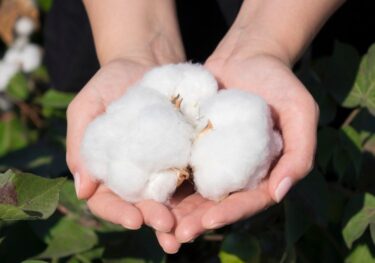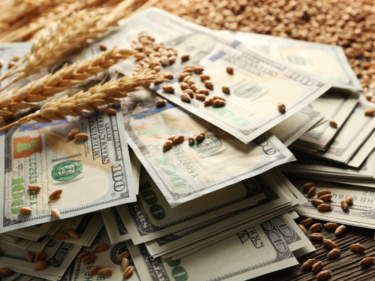Food prices to bottom out in 2024, risks skewed to upside
Our baseline forecast is for world food commodity prices to register an annual decline this year, in aggregate, reducing pressure on food retail prices further downstream. However, we believe the risks to this forecast are overwhelmingly skewed to the upside.
What you will learn:
- A record harvest for maize and near-record harvest for wheat have meant these markets are well supplied, which has weighed heavily on prices. We think prices are near a bottom, though, and will pick up through H2 2024 as buyers return to the market and a pick-up in ethanol demand supports maize demand.
- In contrast, global rice supply has been curtailed by export restrictions enacted by India, which accounts for 40% of global production. One of the most impactful of these was an export ban on non-basmati rice in July 2023 and since then prices have rocketed. We expect restrictions to remain in place until at least the conclusion of the Indian general elections in June.
- Risks to our forecast are skewed to the upside. Poor weather conditions, if they continue, could potentially reduce harvest prospects in Europe while Russia’s dominance in the wheat market adds to uncertainty. Disease could curtail Argentinian maize harvests while early indications of planting in the US point to lower harvests. High domestic rice prices may also encourage further export restrictions in India. At the same time, risks to our energy price forecasts, key input costs, are skewed to the upside.
Tags:
Related Topics

Understanding the forces that drive global cotton prices
Forecasting the cotton market goes beyond understanding traditional agricultural metrics and into issues such as trade, energy and global economic trends.
Find Out More
Cotton prices weighed down by loose market fundamentals
Cotton prices are forecast to remain weak in 2024 due to strong global supply and sluggish demand, weighed down by US trade tariffs, weak consumer spending, and rising competition from synthetics.
Find Out More
What does the critical minerals boom mean for Africa? | Greenomics podcast
As demand grows for critical minerals like cobalt, copper, and lithium, African nations are navigating opportunities and risks—from boosting local employment to managing geopolitical tensions and environmental concerns.
Find Out More
Commodity price forecasts cut as tariffs weigh on demand
Most commodity price forecasts are cut due to tariffs except for gold and battery metals, which show resilience amid global market shifts.
Find Out More